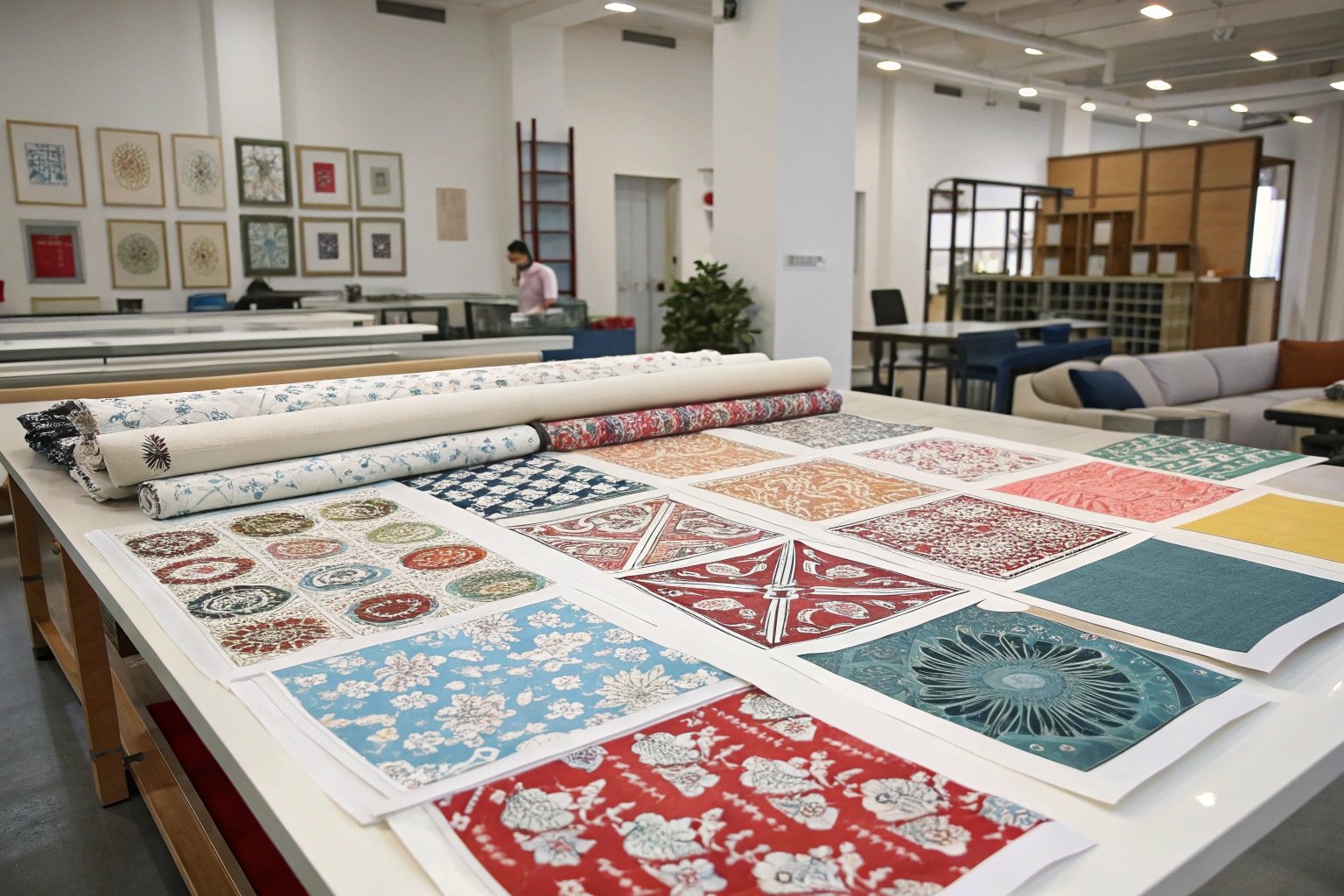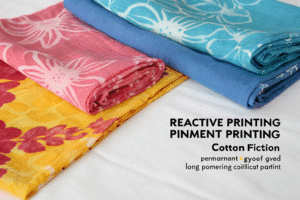Digital textile printing has unlocked a new era for small apparel brands, designers, and buyers who no longer want to commit to thousands of meters per design. As a Chinese fabric manufacturer rooted in Keqiao, I’ve seen firsthand how digital printing transforms the small-batch production landscape—especially for clients in the U.S. and Europe looking for speed, precision, and flexibility.
Small-batch digital textile printing offers quick turnaround, low MOQ, and vivid design freedom on natural and synthetic fibers—empowering small brands to test collections without large capital investment. From reactive prints on cotton to pigment-based prints for polyesters, the options today are broader than ever.
In this blog, I’ll walk you through the leading technologies, fabric compatibility, cost considerations, and how to choose a reliable small-batch printer.
What Printing Technologies Suit Small Batches Best?
Not all digital printing technologies are ideal for small-scale production. For small brands and boutique importers, the most important criteria are speed, cost-efficiency, and fabric compatibility.
Pigment, reactive, and sublimation digital printing technologies are the three most widely used options for short runs, each with its own pros and fiber compatibilities.
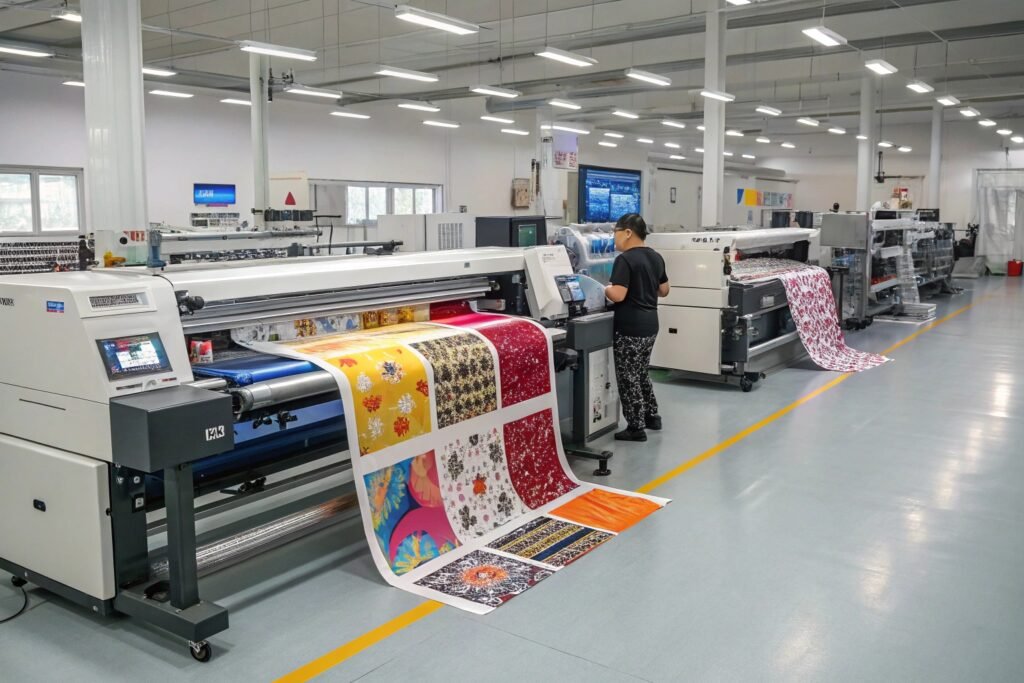
How Does Pigment Printing Perform for Cotton and Blends?
Pigment digital printing is often the go-to for small orders on natural fibers, especially cotton, linen, and their blends. It doesn’t require post-treatment washing, which reduces water consumption and processing time.
The results are crisp and vibrant on lighter shades. While pigment inks sit on the surface, newer binders help with wash durability. According to Textile World, pigment digital inks are now used in over 40% of small-lot fashion applications globally. SPGPrints also notes that pigment’s dry process suits sustainable, short-run production.
What Makes Reactive Printing Popular for Premium Runs?
Reactive digital printing chemically bonds the dye to cellulose fibers. It offers deep, saturated colors and excellent fastness—ideal for brands targeting luxury bedding or scarves.
Though it requires pre-treatment and steaming/washing, the final quality is unmatched. If your small-batch product is high-end, reactive printing on cotton or silk can give it a polished, professional appeal. Many OEKO-TEX and GOTS-certified processes use this method, as noted by Kornit Digital.
Which Fabrics Work Best with Each Digital Method?
Not all fabrics accept every digital ink type equally. Choosing the right method means understanding fiber chemistry and intended end use.
Polyester matches best with sublimation; cotton pairs with pigment or reactive; silk and wool favor reactive. Always confirm pre-treatment options for optimal results.
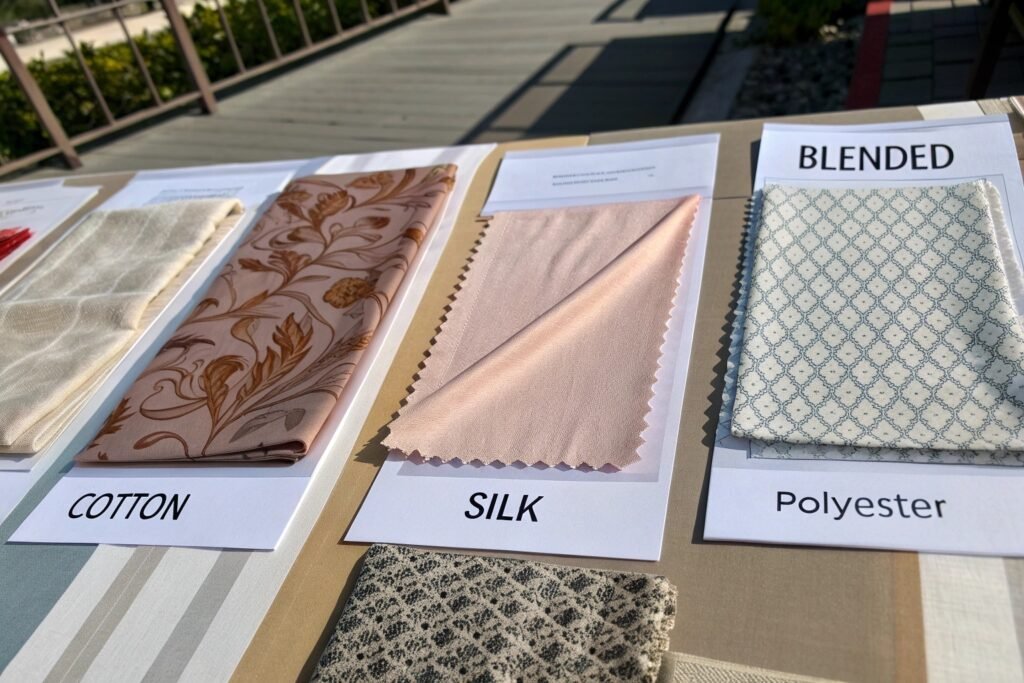
Is Polyester Best for Sublimation Printing?
Yes, sublimation printing delivers excellent results on polyester-based fabrics, including spandex blends. The sublimation process uses heat to vaporize ink and infuse it into the fiber—producing vivid, durable prints.
For performance wear, sports gear, or fast-drying shirts, this is ideal. Brands like Apliiq offer sublimation printing for custom fashion startups, while Sawgrass Ink supports hobbyist-level digital setups for polyester.
What About Silk, Wool, and Other Animal Fibers?
These fibers require reactive or acid ink digital printing. For scarves, hijabs, or silk linings, reactive printing gives excellent softness and vibrant hue.
Acid inks are also common for wool and nylon. However, they require specialized handling and steaming. For low-quantity orders, be sure your supplier has the equipment and experience, like those at Silk Bureau UK or Digital Fabrics Australia.
How to Estimate Cost Per Meter for Small-Run Digital Prints?
Cost is always a concern for small brands. While digital printing avoids setup charges, prices can vary widely depending on ink type, fabric, and order size.
Typical pricing for small-batch digital printing ranges from $3 to $12 per meter, influenced by fabric type, ink technology, and post-treatment.
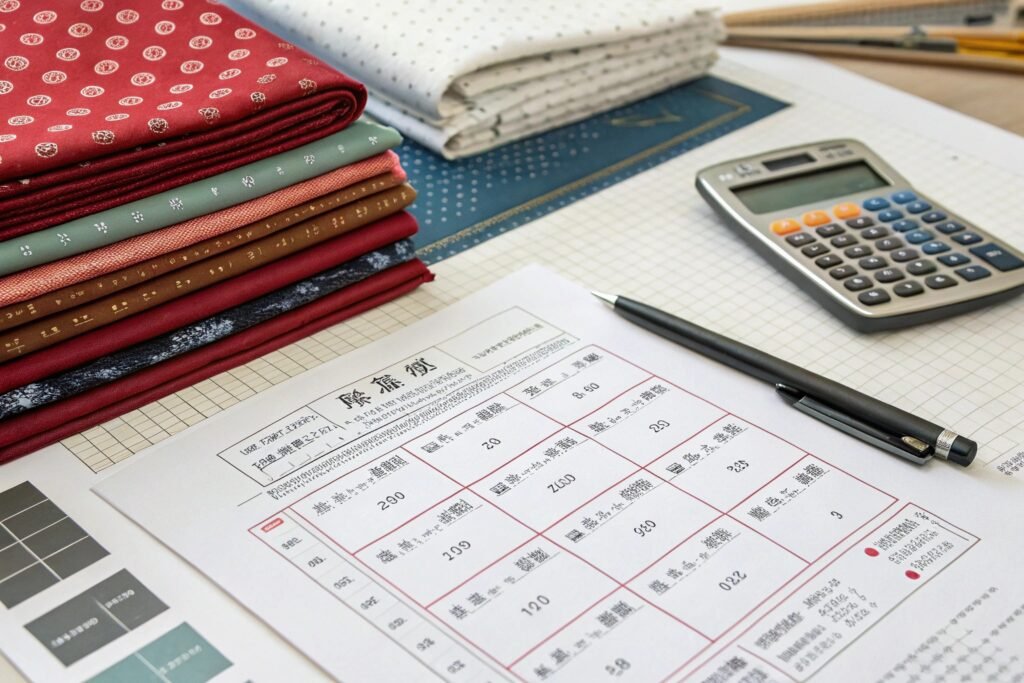
What Are the Average Prices by Ink Type?
| Ink Type | Target Fabrics | Avg. Cost/ Meter (USD) | Pros |
|---|---|---|---|
| Pigment | Cotton, Linen | $3–6 | Eco-friendly, no wash-off |
| Reactive | Cotton, Silk, Wool | $5–9 | Rich color, high fastness |
| Sublimation | Polyester | $4–7 | Vivid prints, soft handfeel |
Based on pricing trends from FESPA, small-batch clients using pigment see the lowest start-up costs. However, reactive’s added steps add labor fees. Printful also outlines digital cost per piece when offering print-on-demand.
Can I Save with Gang Run Printing or Shared Batches?
Yes. Some suppliers offer “gang run” options—combining multiple small orders on a single print run to save costs. At Fumao Fabric, we often group different client prints in one production cycle to offer shared minimums without quality compromise.
For example, 20-meter orders can be combined into a 100-meter dye lot to optimize treatment and reduce overhead. Platforms like Spoonflower operate with similar models for global creatives.
What Should I Look for in a Digital Print Supplier?
With so many print houses emerging in Asia and beyond, choosing a reliable small-batch partner matters more than ever.
Look for digital textile print partners with in-house pre-treatment, color-matching QC, and flexible MOQ policies. Lab certifications like OEKO-TEX or GOTS add buyer confidence.
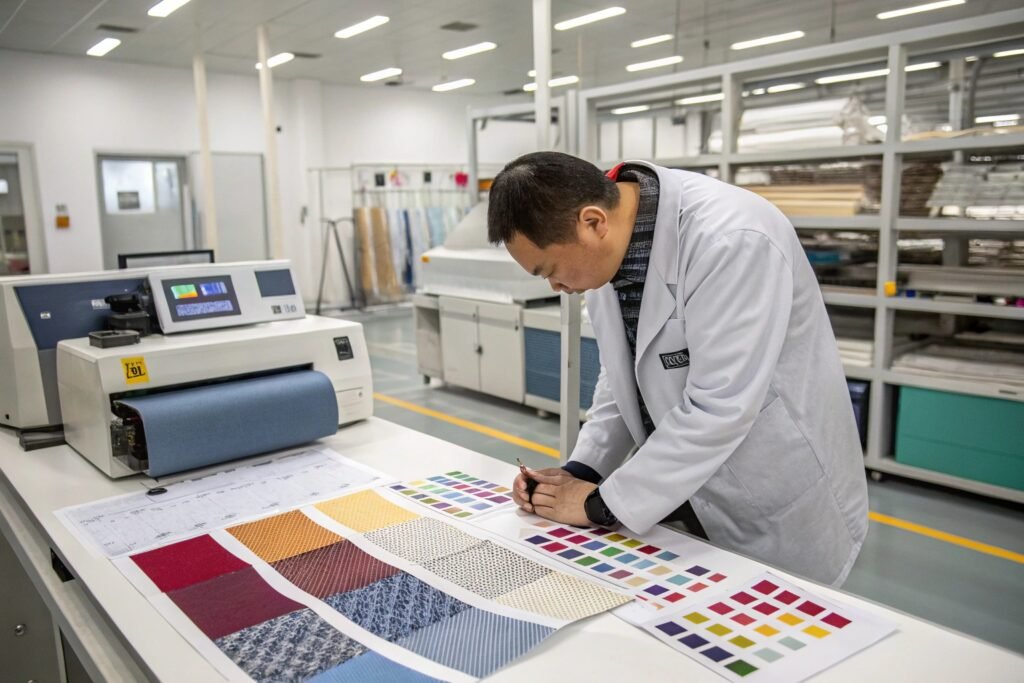
Does the Supplier Have Pre/Post-Treatment Capabilities?
Not all printers handle pre-treatment (for ink bonding) or post-treatment (washing/curing). Ask about their process flow. Without these steps, prints may fade or crack after wash.
Suppliers like Fumao Fabric have dyeing and printing factories under one chain, ensuring treatment steps are well-controlled. This leads to a higher client pass rate. Compare that with broker-only setups where processes are outsourced and riskier.
How to Verify Quality and Color Accuracy?
Demand lab dip previews and ask if they use spectrophotometers to match Pantone shades. Reliable vendors will share test reports on colorfastness and shrinkage. We follow CNAS lab protocol and track results via QR for every order.
Clients like Printify and Contrado recommend reviewing digital proofs and test prints on final fabric base before confirming production.
Conclusion
Small-batch digital textile printing is no longer just for samples or startups—it’s a critical tool for agile, trend-responsive brands. Whether you’re printing custom cotton linens for Etsy or polyester sportswear for Amazon, digital printing lets you start small, move fast, and scale smart. By choosing the right method and supplier, you can enjoy premium results without overcommitting on MOQ. At Fumao Fabric, we help clients navigate pigment, reactive, and sublimation solutions to match their vision—no matter the batch size.

